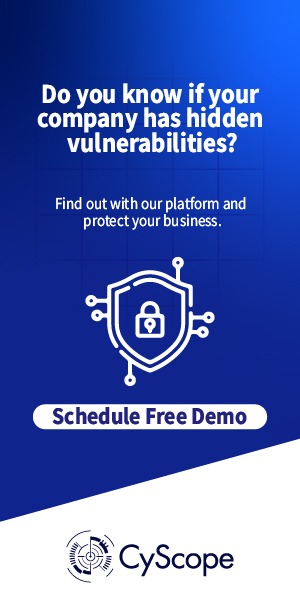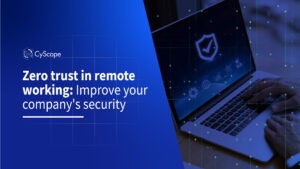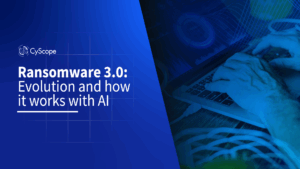Imagine this scenario: one of your best employees works from a paradisiacal beach, connected to public networks while handling confidential documents. Another one reviews financial reports from the corner café, using the same device where he checks social networks. Does it sound like modern flexibility? Does it sound like imminent risk? So does it. In the age of mass telecommuting, the old confidence of “who’s on the network is safe” has become a dangerous mirage.
In this article, you’ll discover why Zero Trust is the gatekeeper your remote enterprise needs, how it transforms “blind trust” into “smart verification,” and why hundreds of ethical hackers could be your best allies in this quiet revolution.
What is Zero Trust, and why is it key in 2025?
Zero Trust is a security model that operates on the principle: “Never trust, always verify.“ Unlike traditional systems that trust users within the corporate network, Zero Trust:
- Verifies every access: Regardless of whether the user is “inside” or “outside” the network.
- Enforces least privilege: No one has more permissions than strictly necessary.
- Inspects traffic in real time: Analyzes suspicious behavior even on “secure” connections.
Why is it critical for a home office?
- Unmanaged devices: 65% of employees use personal devices for work (Gartner, 2025).
- Insecure networks: Cafes, airports, and home networks are hunting grounds for sniffers and man-in-the-middle attacks.
- Shadow IT: Unauthorized applications (such as chat rooms or personal cloud storage) expose data.
3 risks that Zero Trust prevents in remote enterprises
1. Credential theft via hyper-personalized phishing
- Threat: Attackers use AI to create fake emails impersonating HR or team leaders, with links that steal credentials in seconds.
- How Zero Trust reduces the risk: Mandatory multi-factor authentication (MFA) + continuous identity verification, even after initial login.
2. Lateral movement in compromised networks
- Threat: Malware on an employee’s laptop jumps to financial servers thanks to excessive permissions.
- How Zero Trust prevents it: Strict segmentation: Isolation of critical systems and context-based permissions (role, location, device).
3. Data leakage by unauthorized applications
- Threat: An employee uploads a confidential report to a personal drive “for convenience”.
- How Zero Trust reduces the risk: Blocking of unsecured transfers + monitoring of anomalous behavior (e.g. massive downloads at unusual times).
How CyScope makes Zero Trust a reality
It’s not enough to just buy tools: you have to validate that they work. That’s where we come in:
Penetration Testing and Bug Bounty Programs
- MFA verification: Can our ethical hackers bypass multifactor authentication?
- Segmentation Testing: We try to move laterally from an “infected” device to your critical systems.
- Can they access critical data from public networks by simulating telework?
Hardening of remote devices
We identify weak configurations on unmanaged computers:
- Unpatched browsers.
- Insecure HTTP connections.
- Excessive permissions on work apps.
Key benefits for home office companies
- Protected productivity: Your teams work from anywhere without compromising security.
- Fast response: We deliver solutions in hours, not weeks, if a test detects a bug.
Read also: Ransomware 3.0: Evolution and how it Works with AI
Conclusion
Telecommuting is here to stay, and with it, increasingly sophisticated threats. The Zero Trust model is the only approach that protects your data wherever it is: in the cloud, on remote devices, or in transit.
CyScope offers real tests run by ethical hackers that challenge your defenses to strengthen them. Because in the age of flexible working, blind trust is your biggest enemy.
Want to put your Zero Trust model to the test?
Schedule a free demo and discover how our community of 450+ experts can help you implement telework-proof security.





